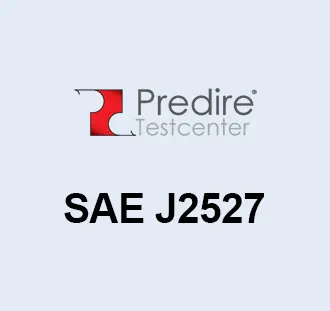IEC 60068-2-78: Environmental Testing – Part 2-78: Tests – Test Cab: Damp Heat, Steady State
Overview and Purpose
IEC 60068-2-78 is a part of the IEC 60068 series that focuses on environmental testing for electronic and electrical equipment. This specific part, Test Cab, outlines the procedure for testing equipment under conditions of constant damp heat. The primary objective of this standard is to evaluate how electronic components, devices, and systems withstand prolonged exposure to high humidity and elevated temperatures. Such conditions are typical in various natural environments and can significantly affect the performance and lifespan of electronic equipment.
How the Test is Conducted
- Preparation: The items to be tested are prepared according to the specifications provided in the standard. This often involves ensuring that the equipment is in a condition that reflects its normal operational state.
- Exposure to Damp Heat: The test subjects the equipment to a continuous high-humidity and high-temperature environment. The standard specifies the exact conditions, typically involving temperatures between 40°C to 60°C and up to 95% relative humidity, maintained steadily throughout the test duration.
- Duration: The length of exposure can vary but is designed to simulate long-term exposure to damp heat conditions. The standard provides guidance on setting the appropriate duration based on the equipment’s intended use and environmental exposure.
- Monitoring and Evaluation: Throughout the test, the conditions within the test chamber are closely monitored to ensure they meet the specified requirements. After the test, the equipment is examined for any signs of degradation or failure, including changes in electrical characteristics, mechanical operation, and physical appearance.
Purpose of the Test
- Reliability Assessment: To ensure that electronic equipment can reliably operate over its intended lifespan, even in environments with constant high humidity and temperature.
- Quality Assurance: This test is a critical component of the quality assurance processes for manufacturers, verifying that products meet international standards for environmental durability.
- Design Verification: Helps identify potential design improvements by exposing equipment to stress conditions that accelerate aging and reveal vulnerabilities.
Head Office
Privacy policy and cookies
Click here to present our privacy policy and explains how we use cookies on this website












